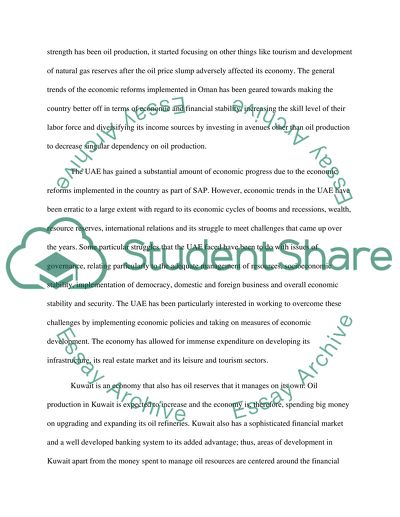Cite this document
(“Economic development of the countries after SAP Essay”, n.d.)
Retrieved from https://studentshare.org/macro-microeconomics/1454758-economic-development-of-the-countries-after-sap
Retrieved from https://studentshare.org/macro-microeconomics/1454758-economic-development-of-the-countries-after-sap
(Economic Development of the Countries After SAP Essay)
https://studentshare.org/macro-microeconomics/1454758-economic-development-of-the-countries-after-sap.
https://studentshare.org/macro-microeconomics/1454758-economic-development-of-the-countries-after-sap.
“Economic Development of the Countries After SAP Essay”, n.d. https://studentshare.org/macro-microeconomics/1454758-economic-development-of-the-countries-after-sap.


